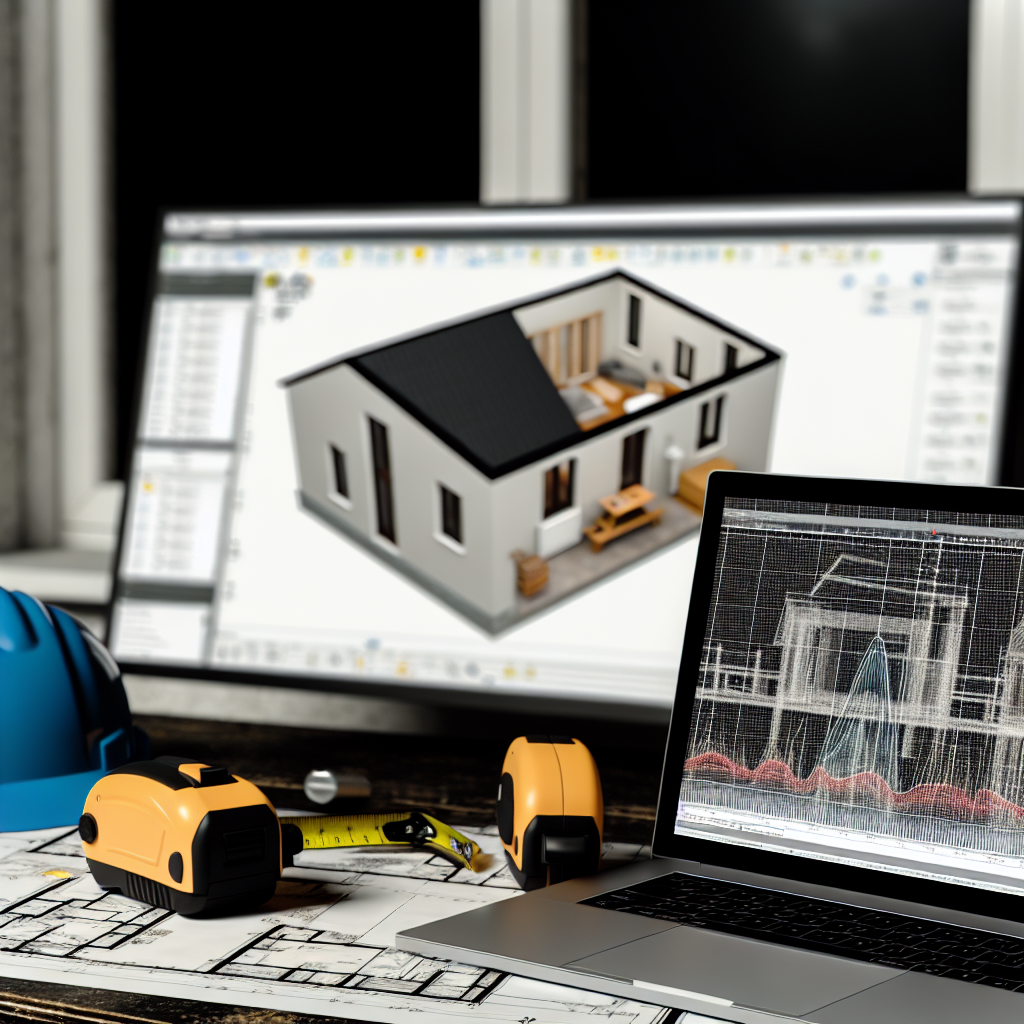Integrating **Revit, Dynamo, and Power BI** offers a powerful automated tool that revolutionizes the way project teams analyze and predict lifecycle costs. By combining these technologies, designers and decision-makers can enhance efficiency, accuracy, and strategic planning for long-term building management. In this article, we explore how this integration streamlines cost estimation and improves project outcomes.
Harnessing Revit, Dynamo, and Power BI for Lifecycle Cost Analysis
Combining **Revit**, a leading Building Information Modeling (BIM) platform, with **Dynamo**, a visual programming tool, allows project teams to automate data extraction and perform complex calculations seamlessly. When integrated with **Power BI**, a business analytics platform, this workflow becomes a potent **automated decision-making tool** that calculates lifecycle costs with high precision.
The process begins within Revit by creating detailed building models that include data about materials, systems, and components. Dynamo acts as a bridge by extracting this data and applying custom algorithms to estimate initial costs, maintenance expenses, energy consumption, and replacement schedules. These calculations are then transferred into Power BI dashboards, providing stakeholders with real-time insights into projected lifecycle costs and overall project viability.
- Automation of Data Collection: Dynamo scripts automate the extraction of detailed model data, reducing manual entry errors and saving time.
- Complex Cost Simulations: Advanced algorithms in Dynamo enable scenario analysis, such as evaluating different material options or design choices for cost efficiency.
- Visual Insights & Reporting: Power BI provides interactive dashboards where decision-makers can visualize cost trends, identify high-cost elements, and optimize future projects based on comprehensive data analysis.
Maximizing Project Efficiency and Cost Savings
The key advantage of integrating Revit, Dynamo, and Power BI is the ability to perform **dynamic lifecycle cost analysis** early in the design process. This integration offers several significant benefits:
- Enhanced Decision-Making: Design options can be evaluated not just for aesthetics or structural performance, but also for long-term costs, enabling more sustainable choices.
- Risk Reduction: Automated calculations minimize human errors in cost estimation, providing more reliable data for financial planning.
- Continuous Monitoring & Updates: As the design evolves, the system recalculates lifecycle costs instantly, facilitating adaptive project strategies.
This technological synergy aligns with the increasing demand for **sustainable and cost-effective building design**, empowering teams with tools to make informed decisions that balance upfront investments with ongoing operational costs.
In conclusion, leveraging **Revit Dynamo Power BI** creates an automated, data-driven environment that enables precise lifecycle cost calculations, ultimately leading to smarter design choices and improved project management. Embracing this integrated approach can result in significant long-term savings and more sustainable building solutions. As the industry advances, such tools will become essential for achieving optimal project outcomes.
